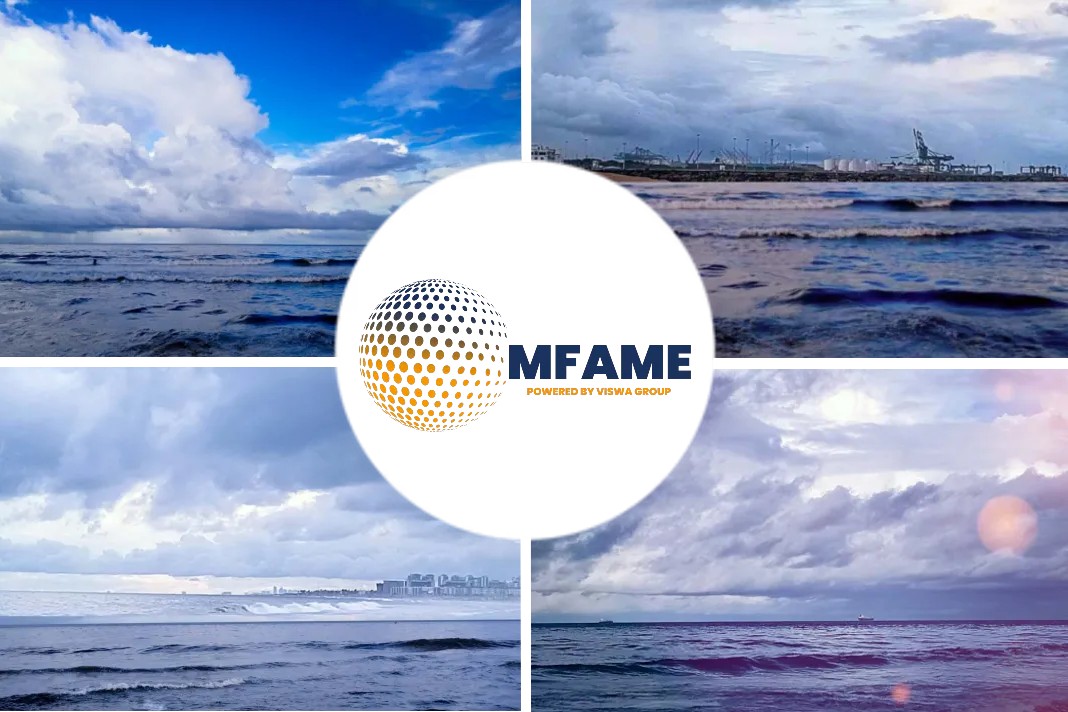BIO-UV Group’s maritime division and its engineering partner 3C Metal have completed the at-sea retrofit installation and commissioning of a low-flow ballast water treatment system (BWTS) aboard Greatship Maya, reports Ship&Offshore.
OSV BWTS retrofit
Greatship Maya is a multipurpose offshore supply vessel operated by Greatship Global Offshore service Pte Ltd (Singapore), a subsidiary of Indian shipowner Great Eastern Shipping.
A BIO-SEA L03-087 modular unit was successfully installed while the 4,350-dwt ship maintained rig supply operations offshore Labuan, Malaysia.
Commenting on the installation, BIO-UV Group business unit director Maxime Dedeurwaerder said, “3C Metal is not only a recognised engineering services provider to the offshore oil and gas sector, but specialises in at-sea installations and engineering. The success of this project is very much testament to the success and strength of this partnership.”
“Together, we surveyed the site, taking 3D scans of the ship’s machinery spaces to simplify pipework, electrical wiring, system integration and installation. This revealed some space limitations which ensured we were able to design and build a ship-specific solution, allowing 3C Metal’s team to get the BWTS in place without modifying the steel structure in any way.”
In-service installation
All pre-installation pipework was done in parallel with the design and production of the BIO-SEA system, with 3C Metal’s facility in Johor Bahru, Malaysia, fabricating the piping, structural hydraulic, and electrical connections needed for the project.
The components were shipped to the vessel’s port of call prior to ship loading and integration. In-service installation meant the vessel was able to continue its normal operations throughout the retrofit.
Greatship Maya’s pumps will be used to transfer liquids other than ballast water. BIO-UV said that studies of the ship’s operational requirements showed that in ballast mode, the pumps would not need to run at their full rated capacity of 300 m3/hour with 87 m3/hour sufficient, enabling the company to install a smaller BWTS system than would otherwise be specified.
Option for afloat installation
The decision to opt for an afloat installation over a drydock installation was justified by the lack of vessel downtime. A lengthier installation was offset by the lower expenditure on the whole project.
“That’s the benefit of an in-service integration,” said 3C Metal group operation manager, Jordan Laurans. “When you consider drydock hire and the number of people involved, together with the financial losses incurred due to vessel off-hire time, then an at-sea installation makes complete commercial sense. The ship continues operating.”
Did you subscribe to our newsletter?
It’s free! Click here to subscribe!
Source: Ship&Offshore






















